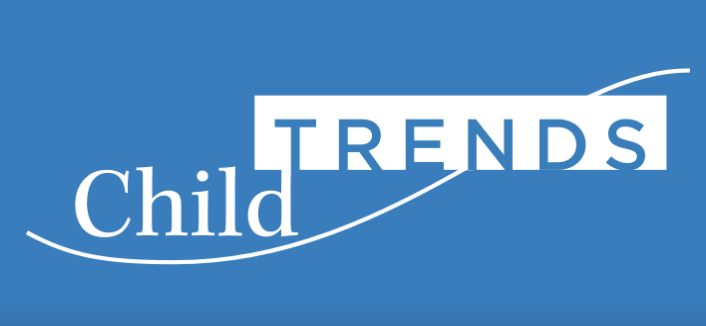While Asian American, Native Hawaiian, and Pacific Islander (AANHPI) populations are, collectively, the fastest-growing racial group in the United States, these groups have rich and distinctive experiences and their unique challenges are not adequately supported by current policies; this lack of support is especially evident for AANHPI children and their families. Additionally, the COVID-19 pandemic has exacerbated many challenges among AANHPI children and families. In this brief, we first highlight the diversity and growth of various AANHPI populations and review some challenges that these populations face. Then, we share a new analysis that highlights the distribution of AANHPI children and families across the country. Finally, we highlight policies and programs that leaders in states with high proportions of AANHPI children should consider adopting to better support their unique needs.
Context
AANHPI populations represent the fastest-growing and most economically divided racial group in the United States, with the AA population growing by 81 percent from 2000 to 2019 and NHPI populations experiencing 61 percent growth during the same period. However, the umbrella term “AANHPI” represents more than 50 ethnic groups with distinct languages, cultures, and histories. These diverse populations include Tongans raising families in Salt Lake City, Filipino Americans thriving in Philadelphia, and Indian Americans residing in the bustling neighborhoods of central New Jersey. Despite their increasing populations and diversity, AANHPI populations are also understudied and underrepresented in research.
During the COVID-19 pandemic, AANHPI children and families faced a significant surge in economic hardships, racialized violence, adverse health outcomes, and discrimination-related mental health issues. For instance, the Federal Bureau of Investigation reported a staggering 77 percent surge in hate crimes against Asians in 2020 across the United States (compared to the previous year). Stop AAPI Hate, a coalition working to end violence and discrimination against Asian Americans and Pacific Islanders (AAPI), also reported 10,905 hate incidents targeting AAPI individuals from March 2020 to December 2021. Some data also show that the pandemic may have disproportionately impacted certain AANHPI subpopulations. For example, NHPIs (Native Hawaiians and Pacific Islanders) in Utah experienced the highest COVID-19 hospitalization rates among all ethnic groups, with 141 per 1,000 cases compared to the statewide average of 83.3.
These challenges reflect longstanding structural inequalities and patterns of discrimination, including colonization and immigration policies that continue to impact AANHPI populations such as the U.S. government’s annexation of Hawaii in 1898 without the consent of the Hawaiian sovereign government; the Immigration Act of 1924, which barred people from Asian countries from immigrating to the United States; and the U.S. military’s seizure of land from the CHamoru people in Guam for military bases.

